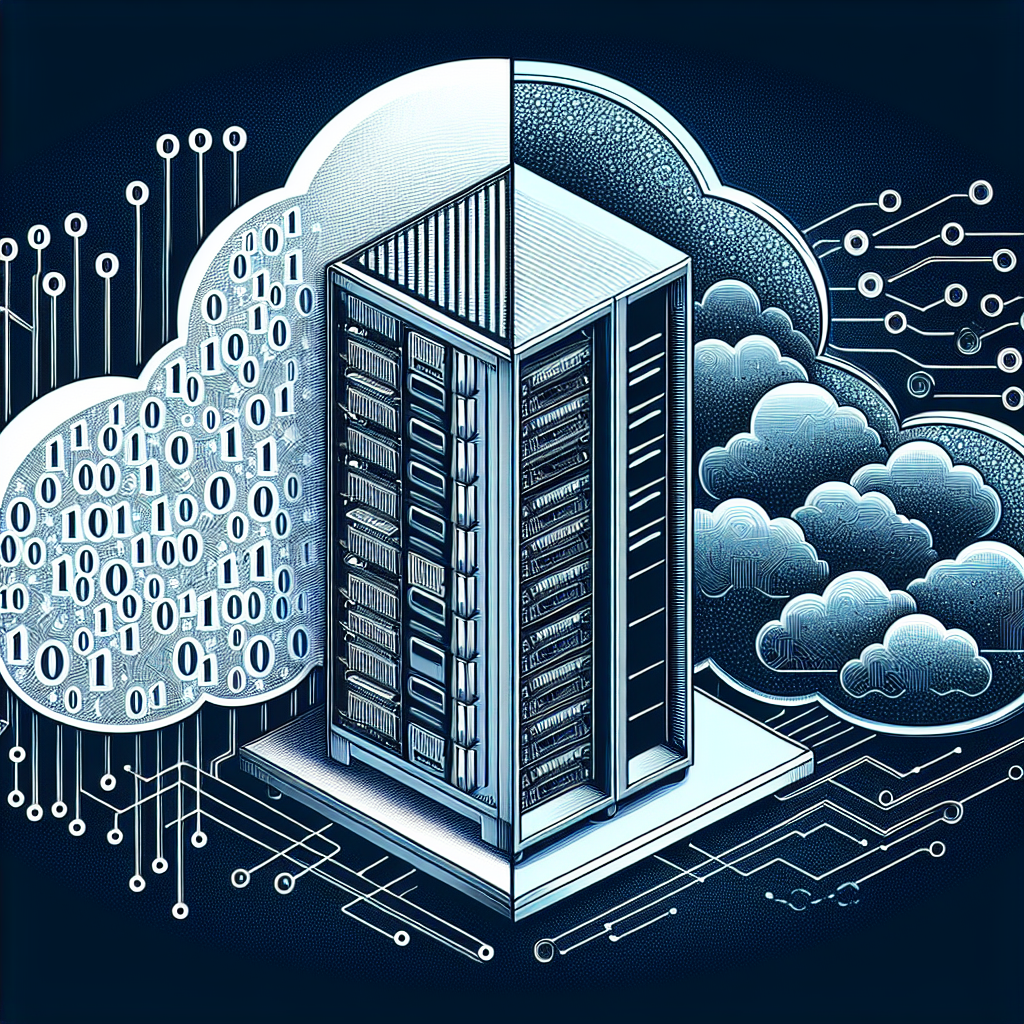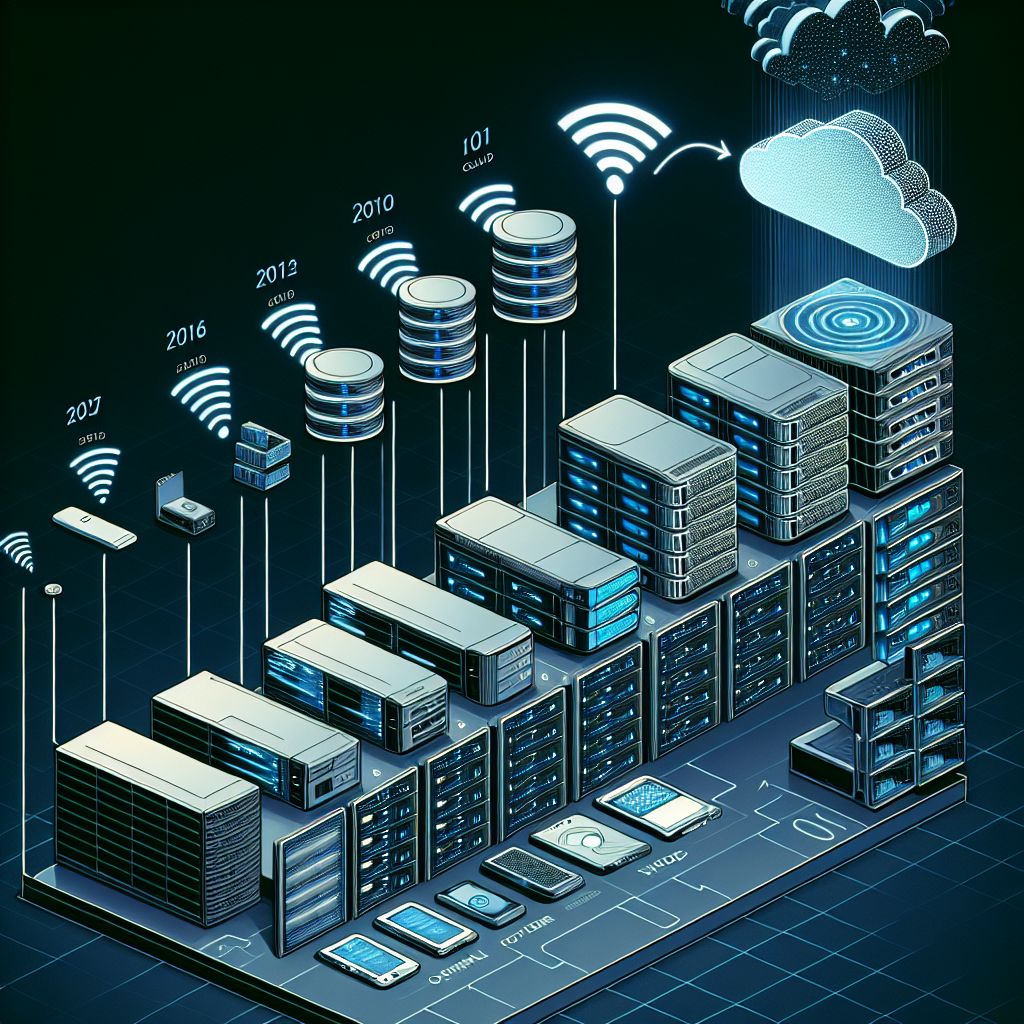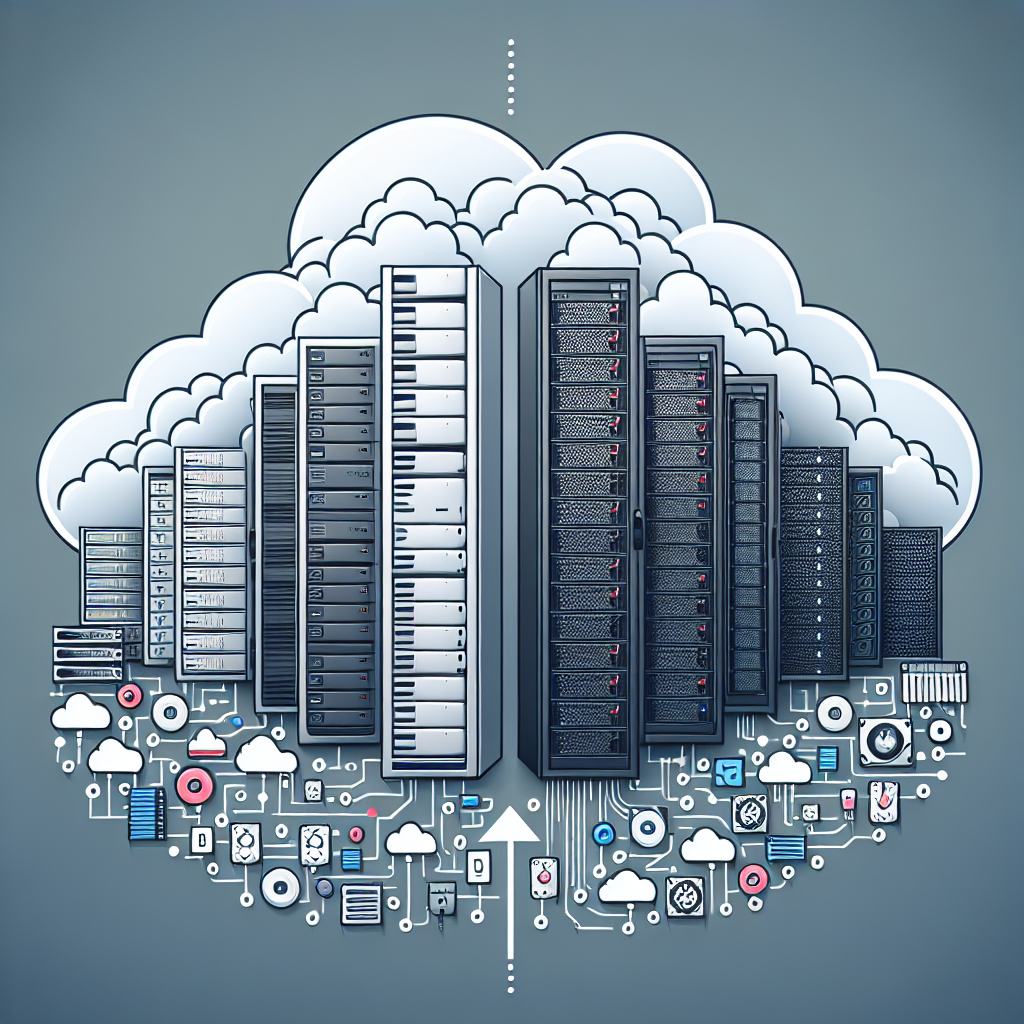In today’s digital age, businesses are constantly looking for ways to improve efficiency, reduce costs, and increase productivity. One decision that many companies face is whether to use cloud computing or on-premise solutions for their IT needs. Both options have their own set of advantages and disadvantages, so it’s important to carefully consider which option is right for your business.
Cloud computing is a technology that allows businesses to access and store data and applications over the internet, rather than on physical servers or computers. This means that businesses can access their data and applications from anywhere, at any time, as long as they have an internet connection. Cloud computing also allows for scalability, as businesses can easily add or remove resources as needed.
On the other hand, on-premise solutions involve storing and managing data and applications on physical servers and computers within the company’s premises. This gives businesses more control over their data and applications, as they are not reliant on third-party providers. However, on-premise solutions can be costly to set up and maintain, as businesses must invest in hardware, software, and IT staff to manage the infrastructure.
So, which option is right for your business? The answer depends on several factors, including the size of your business, your budget, and your specific IT needs.
For small businesses with limited budgets and IT resources, cloud computing may be the ideal solution. Cloud computing allows small businesses to access enterprise-level technology without the hefty upfront costs of on-premise solutions. Additionally, cloud computing offers the flexibility to scale up or down as needed, making it a cost-effective option for businesses with fluctuating IT needs.
On the other hand, larger businesses with more complex IT needs may benefit from on-premise solutions. On-premise solutions give businesses more control over their data and applications, which can be crucial for industries with strict compliance requirements. Additionally, on-premise solutions may be more cost-effective in the long run for businesses with stable IT needs, as they eliminate the need for ongoing subscription fees associated with cloud computing.
Ultimately, the decision between cloud computing and on-premise solutions comes down to your specific business needs and priorities. It’s important to carefully consider factors such as cost, scalability, control, and compliance requirements before making a decision. Consulting with IT professionals and conducting a thorough cost-benefit analysis can help you determine which option is right for your business.












